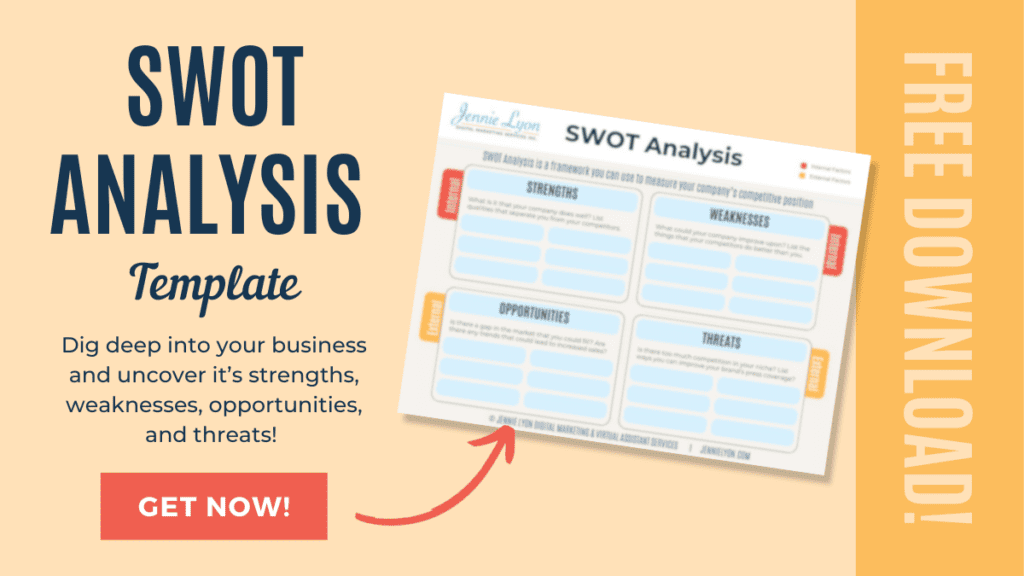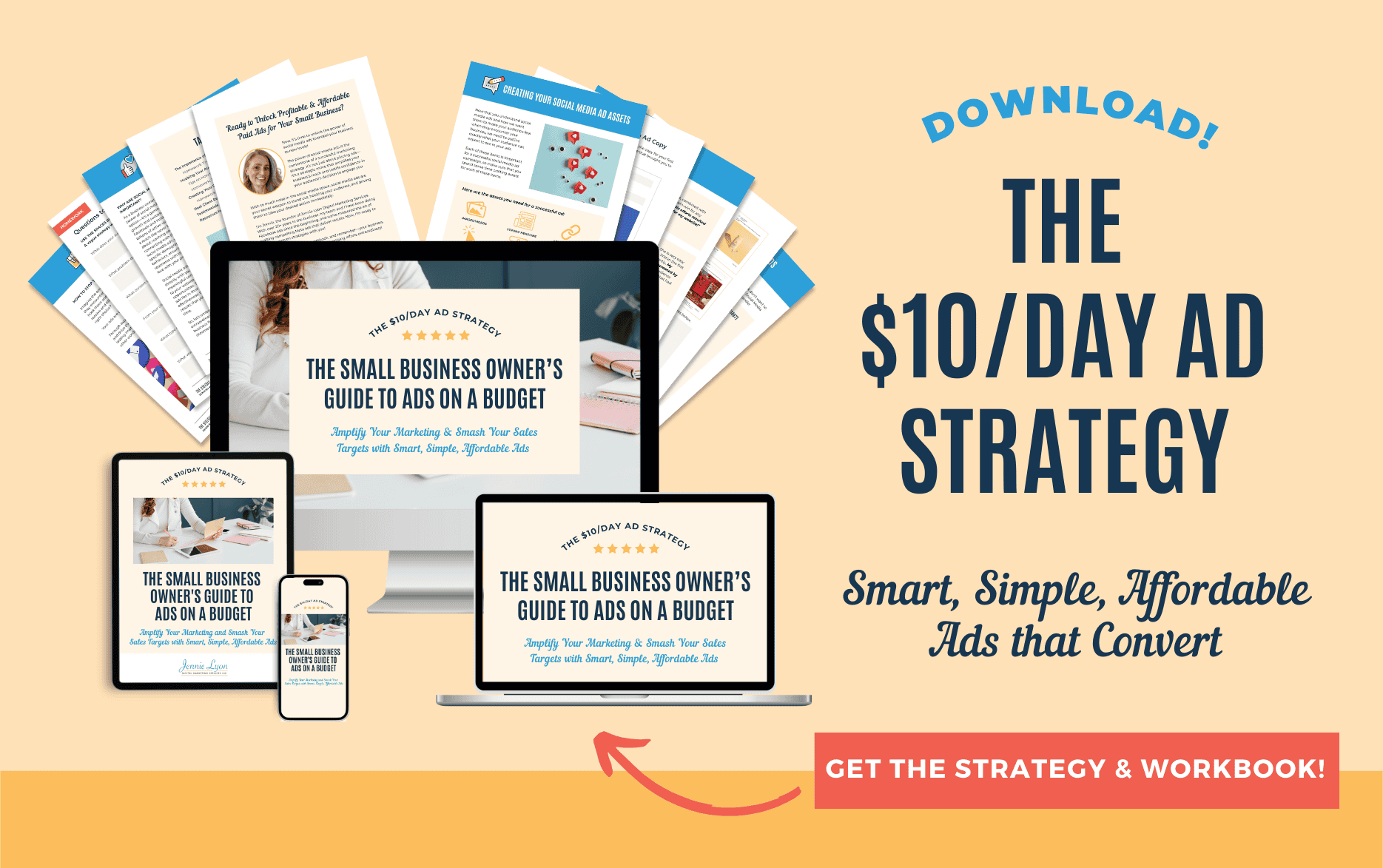The Ultimate Guide to a Successful Website Redesign
Is it time for a website redesign? According to a survey by Adobe, 38% of people will stop engaging with a website if the content or layout is unattractive. Moreover, 75% of consumers judge a company’s credibility based on their website design.
What does this mean?
A website redesign can help you attract more visitors, increase conversions, boost sales, and enhance customer satisfaction.
In this guide, I will show you how to redesign your website in 2024, following the latest trends and best web design and development practices.
Ready to get started? Let’s dive in!
Content Overview
🔹Understanding the need for a redesign
🔹Assessing the current state of your website
🔹Planning your redesign strategy
🔹Content and information architecture
🔹Preparing for a smooth website launch
🔹Success Stories
🔹Homework and Action Plan
Understanding the Need for a Redesign
Before you start redesigning your website, you need to understand why you need a redesign in the first place. A website redesign is not just about changing the appearance of your site, but also about improving its performance, functionality, and user experience.
To understand the need for a redesign, you need to do three things:
- Assess the current state of your website
- Identify key signs that indicate the need for a redesign
- Establish clear goals and objectives for the redesign process

RESOURCE: The Ultimate Step-by-Step Website Audit Workbook!
Let’s look at each of these steps in more detail.
1. Assessing the current state of your website
Let’s start by giving your website a friendly check-up! Dive into analytics with pals like Google Analytics, Hotjar, or Crazy Egg. They spill the beans on traffic, bounce rates, and whatnot, guiding you to spots that need a little love.
Now, here’s the cool part – ask your visitors directly. Tools like SurveyMonkey or UserTesting are like casual chatting with your audience. Wanna know what they think? Just ask!
Lastly, let’s play detective. Tools like Screaming Frog or HubSpot Website Grader are your sidekicks for a thorough website audit. They’ll unveil the secrets behind SEO, speed, design – the whole shebang.

FREE RESOURCE: Small Business SEO Checklist
2. Identify key signs that indicate the need for a redesign
Let’s put on our detective hats and spot the signs that scream, “Redesign me!”
Outdated Vibes: If your site looks like a blast from the past, it’s time for a makeover. Stay in the trend loop with sleek designs, responsiveness, and a touch of minimalism. Keep it fresh, always.
User-Friendly Woes: If navigating your site feels like a maze, visitors might just bail. Make it a smooth ride with intuitive design, clear calls-to-action, and speedy loading, and don’t forget the mobile crowd – they’re the cool kids on the block.
Goal Misfires: If your website isn’t hitting those business bullseyes, it’s not pulling its weight. Your site should be the star player, whether it’s brand awareness, leads, or sales. Set clear goals, track them with KPIs, and let your website shine!
3. Establish clear goals and objectives for the redesign process
Let’s map out the game plan for your redesign by setting crystal-clear goals. Think SMART:
Specific: Get laser-focused. “Boost website traffic by 25% in the next 6 months.”
Measurable: Numbers speak volumes. “Reduce bounce rate by 10% and increase average time on page by 15%.”
Achievable: Dream big, but keep it real. “Rank #1 on Google for 5 main keywords in my niche.
Relevant: Make it count. “Add animations to enhance user engagement and retention”
Time-bound: Put a deadline on it. “Redesign my website by the end of Q2 2024.”
Now, armed with SMART goals, let’s dive into the redesign journey and make those aspirations a reality!

Planning Your Redesign Strategy
After you have understood the need for a redesign, you need to plan your redesign strategy. It’s a blueprint that outlines how you will achieve your goals and objectives for the redesign process. It involves three main steps:
- Defining your target audience and user personas
- Analyzing competitors and industry trends
- Setting a realistic budget and timeline

FREE RESOURCE: Ideal Client Avatar (ICA) Worksheet
1. Define Your Crowd
Pinpoint your target audience, the cool folks who’ll frequent your site. Create user personas – imaginary friends representing your ideal customers, complete with quirks, needs, and goals.
Why?
Your redesign is all about them, not your personal taste.
How can you define your target audience and user personas? You can use various sources of data and information, such as:
Data Dive
Analyze your website’s traffic with pals like Google Analytics, Hotjar, or Crazy Egg. Unearth demographics, behaviors, and preferences to understand your audience.
Use Voices of the People
Gather user feedback using tools like SurveyMonkey, Typeform, or UserTesting. Dive into opinions, preferences, and satisfaction levels.
Use market intel
Conduct market research and check out competitors to grasp industry trends, opportunities, and threats.
User Journeys
Picture user journeys as the roadmap of your website adventure with your audience. It’s like tracking their every move from the first “hello” to the big finale.
Break it into stages and steps – basically, the play-by-play of how they navigate your site. Dive into the emotional rollercoaster – what are they thinking, feeling, or shouting at the screen?
Highlight opportunities to dazzle them, challenges you must conquer, and any risks you should know.
2. Check Out the Competition:
Peek at other players in your arena with similar goods or services. What they’re doing might spark some awesome ideas for our redesign.
It’s not about personal tastes; it’s about learning from their wins and losses, spotting gaps, and catching opportunities.

RESOURCE: SWOT Analysis Template
Tool Time!
Use cool tools like SimilarWeb, Alexa, or Ahrefs to compare stats with your competition. We’re talking traffic, rankings, keywords – the works. These tools spill the beans on where we can up our game:
Let’s have a strategic chat using things like SWOT analysis, PEST analysis, or Porter’s five forces. The whole deal’s like giving your website a health check – strengths, weaknesses, opportunities, threats.
Keep your ears to the ground with blogs, podcasts, social media – the whole shebang. This way, you stay updated on our niche’s latest trends, challenges, and innovations.
3. Set a realistic budget and timeline
Why is this step important? Because your website redesign should be realistic and feasible, not idealistic or impractical.
How can you set a realistic budget and timeline for your redesign project? You can use various factors and variables, such as:
Scope: You should define the scope of your website redesign, which is the extent and complexity of the changes and improvements you want to make.
Team: You should also consider the team that will work on your website redesign, which is the people who will be involved in the planning, designing, developing, testing, and launching of your website.
Tools: You should also choose the tools that will help you with your website redesign, which are the platforms, software, applications, and services that will assist you in the creation and management of your website.

RESOURCE: The Ultimate Step-by-Step Website Audit Workbook
Content and Information Architecture
Think of a website redesign like giving your house a makeover – but hold off on the paint colors for now.
First, let’s declutter the digital mess with a content audit. Decide what stays, what gets the boot, and what needs a modern touch – it’s basically KonMari for your website.
Once the digital dust settles, create an information architecture that speaks your users’ language.
Imagine leading them through your online home effortlessly, where every room has a purpose, and every corner is a breeze to navigate.
Why is this step important?
Your website revamp should dance to the rhythm of your content and information architecture, not just aesthetics or functionality.
Focus here, and you’ll:
- Cook up a website, dishing out content that your audience craves.
- Craft a site where navigation feels like a breeze for your audience.
- Tune up a website that looks good and climbs the charts on search engines.
- Boost your website’s street cred and authority.
So, how can you work on your content and information architecture?
Content Audit
- So, picture a content audit like a deep dive into your content universe. It’s your chance to play judge and jury for your existing content—deciding what’s the rockstar, what’s yesterday’s news, and what needs a facelift. This audit helps you.
- Check the pulse of your content—quality, quantity, and how relevant it is to your audience.
- Toss out the old, the duplicates, and anything that’s not pulling its weight.
- Spruce up and upgrade your content to align with your goals and what your audience craves.
- Get a game plan for future content creation and upkeep.
- And hey, for this mission, tools like Screaming Frog, Content Analysis Tool, or even good ol’ Google Sheets can be your trusty sidekicks.
Information Architecture
- Now, let’s talk about the blueprint for your website – the information architecture. It’s like being the architect of your digital mansion. Here’s why it matters: you get to:
- Sort your content into neat, logical categories and subcategories. It’s like organizing your digital closet.
- Label everything with crystal-clear and consistent terms. No one likes a confusing roadmap.
- Sketch out a sitemap and wireframe to give your website a sleek layout and flow.
- Test it with your audience and stakeholders to ensure it’s a hit.
- Tools like Slickplan, Balsamiq, or Sketch can be useful for creating and refining this digital architecture.
Preparing for a Smooth Website Launch
- Launching your website is like hosting a grand opening – you want it flawless. So, before the big reveal:
- Do a solid backup of your old website and database – it’s like having a safety net.
- Hunt down broken links, typos, or those pesky missing images – there is no room for wardrobe malfunctions.
- Give your website a spin on different browsers, devices, and screens – make sure it looks sharp everywhere.
- Check the security, speed, and SEO settings – like the final touch-ups before the red carpet.
- Set up analytics tools (think Google Analytics, Google Search Console, or Hotjar) – you want a front-row seat to the performance.
- Shout out your launch date and time to your crew, stakeholders, and customers – build the anticipation!
Drawing Inspiration from Success: Case Studies and Real-Life Examples
To fuel your website redesign ambitions, let’s take a peek at some success stories that hit the digital jackpot:
Mailchimp’s Colorful Transformation (2018)
Mailchimp, the email maestro, revamped its website to match its fresh brand and expanded services. The result? A 35% spike in signups and a whopping 50% surge in engagement. The secret sauce? A bold design, a playful tone, and a user-friendly journey.
Evernote’s Zen Journey (2019)
Evernote, the digital notebook guru, refashioned its site to mirror a new vision of simplicity. The outcome? A 15% conversion boost and a 10% uptick in user retention. How did they do it? It has a minimalist design, a soothing tone, and a navigation system that’s as intuitive as it gets.
Shopify’s Inclusive Showcase (2020)
Shopify, the e-commerce juggernaut, reshaped its digital home to highlight its diverse community. The result? A 20% surge in traffic and a whopping 25% lift in sales. The recipe? A vibrant design, an empowering tone, and a navigation experience tailored to each visitor.
These real-life examples aren’t just success stories but blueprints for your triumph.
Click here to see some of our favorite website redesign projects!
What next?
1. Check Out Your Website Design
Jump over, download our Website Audit Workbook, and take a good look at your website. What do you like? What needs a little TLC? Jot down anything that could use a spruce-up, based on the cool tips in the guide.
2. Think About a Website Glow-Up
Ponder if your website is due for a makeover. If you find yourself nodding along to the signs in the guide or your site’s feeling a bit last season, maybe it’s time to plan a revamp for a sleeker look and better vibes.
3. Write down the goals you want for your redesigned website on paper. Make sure they’re specific, doable, and have a bit of a deadline. You know, SMART goals!
4. Do a little spring cleaning on your content.
Keep the hits, toss the misses, and shine up the areas that need a little extra sparkle. This will help you create killer content during your redesign.
If you fancy a chat about your social media endeavors, feel free to schedule a free consultation. Excited to lend a helping hand! 🌟
- The Ultimate Website Audit Workbook
- SEO Checklist
- SMART Goals Worksheet
- SWOT Analysis
- Schedule a free call with Jennie today!
Rate, review, and subscribe to Apple Podcasts.
If you like what you hear on the podcast, please consider rating and reviewing my show! Woo Hoo! Click here, scroll to the bottom, tap to rate with five stars, and select “Write a Review.” I would love to hear what episodes you enjoy the most!
If you still need to do so, please subscribe to the podcast. I’ll be adding new content weekly. If you’re not subscribed, you’ll likely miss out. Subscribe now!






















